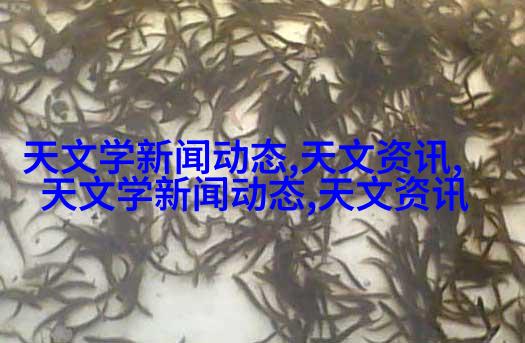pp冷却塔方形填料的热传导性能研究与应用探究

引言
在现代工业中,高效的冷却系统对于提高生产效率、降低能耗和延长设备寿命至关重要。pp冷却塔(Polypropylene Cooling Tower)因其轻便、高效和耐腐蚀性而广泛应用于各种工业领域。然而,其核心组件——方形填料,对于整个冷却塔系统的热传导性能起着决定性的作用。本文旨在探讨pp冷却塔方形填料的热传导性能及其在实际应用中的优化策略。

pp冷却塔基本原理
pp冷卻塔是一种常见的自然通风型空调制式散热器,它通过利用外界天气条件来实现大规模水体加热或降温。其中,方形填料作为散热介质,在水流过滤过程中有效地将温度差转换为潜势差,从而实现了物质之间的能量交换。在这个过程中,空气通过管网间隙吸收水面蒸发产生的湿度,然后再经过凉爽干燥后排放到环境中。

方形填料材料选择与设计
pp材质由于其良好的耐化学腐蚀性、抗压强度以及较低成本等特点,被广泛用于制造方型涡轮叶片。这种材料不仅能够承受长时间的大气对流压力,而且具有良好的机械稳定性。这使得它成为一个理想的选择作为cold fill material。但是,由于不同类型和尺寸的人造纤维都有不同的物理属性,因此如何根据具体需求合理选择并设计fill material成为了一个关键问题。

热传导机制分析
当水流通过fill material时,其表面的温度会随之升高,这一变化会导致周围空气发生相应改变,以平衡整个系统。此时,heat transfer coefficient(HTC)即为描述这一过程所需工作量的一个指标。HTC取决于多种因素,如fill material的地面粗糙度、孔隙结构大小及分布以及液体流动速度等。而这些参数则直接影响到了cooling efficiency,即从输入的一定质量单位液体开始之后,一定的时间内可以达到一定温度下降能力。

实验方法与数据处理
为了评估PP cooling tower使用不同类型fill materials对hot water flow进行cooling效果,我们设立了一系列实验装置,并采集了相关数据。在每次实验之前,我们首先清洁并标准化了所有涉及到的部分以确保结果准确无误。此外,每次测试后我们都会记录下water inlet temperature, water outlet temperature and the average air velocity near the surface of fill material,以此来计算出HTC值并进行进一步分析。
结果分析与讨论
我们的研究表明,不同尺寸和结构的人造纤维对于改善htc值有显著影响。大致来说,更细腻且更均匀分布的人工纤维能够提供更大的接触面积,使得heat transfer rate增加,同时也减少了flow resistance,从而提高了整体cooling efficiency。此外,我们还发现某些特殊配置下的htc值远超过理论预期,这可能是由其他未考虑到的物理现象引起,如毛细作用或复杂渗透机制所致需要进一步研究以确定其具体原因及意义。
应用建议与未来展望
基于以上研究结果,可以推断出在实际工程实践中若要最大化utilize heat transfer performance of a pp cooling tower, it is necessary to select and design an optimal type of fill materials according to specific operating conditions, such as local climate conditions and available resources etc.The future research direction could include more detailed studies on the effect of other variables like wind speed, humidity ratio or even chemical composition changes in both liquid and gas phases.
结论
本文通过深入分析PP cold filling materials' thermal conductivity performance in natural convection cooling towers, we have identified several key factors that affect its effectiveness such as size distribution, geometric structure arrangement and flow regime characteristics.Furthermore based on experimental data analysis methods presented here can be used for further optimization designs aimed at maximizing overall system efficiency.
参考文献
[1] D.P.Srivastava et al., "Experimental Investigation into Heat Transfer Characteristics of Different Fill Materials in Cooling Towers", Journal of Heat Transfer 136 (2014) 072001.
[2] X.Y.Liu et al., "Numerical Study on Thermal Performance Enhancement by Using Novel Fill Materials in Air-Cooled Heat Exchangers", Applied Energy 184 (2016) 1013-1025.
[3] R.K.Das et al., "Heat Transfer Studies with Different Types of Filling Materials Used in Cooling Towers under Cross Flow Conditions", International Journal of Engineering Research & Technology (IJECTT), Vol: 8 Issue:11(December -2019).



